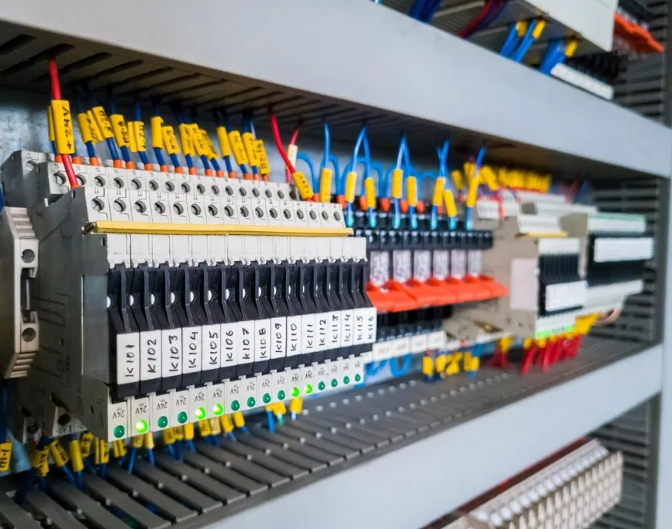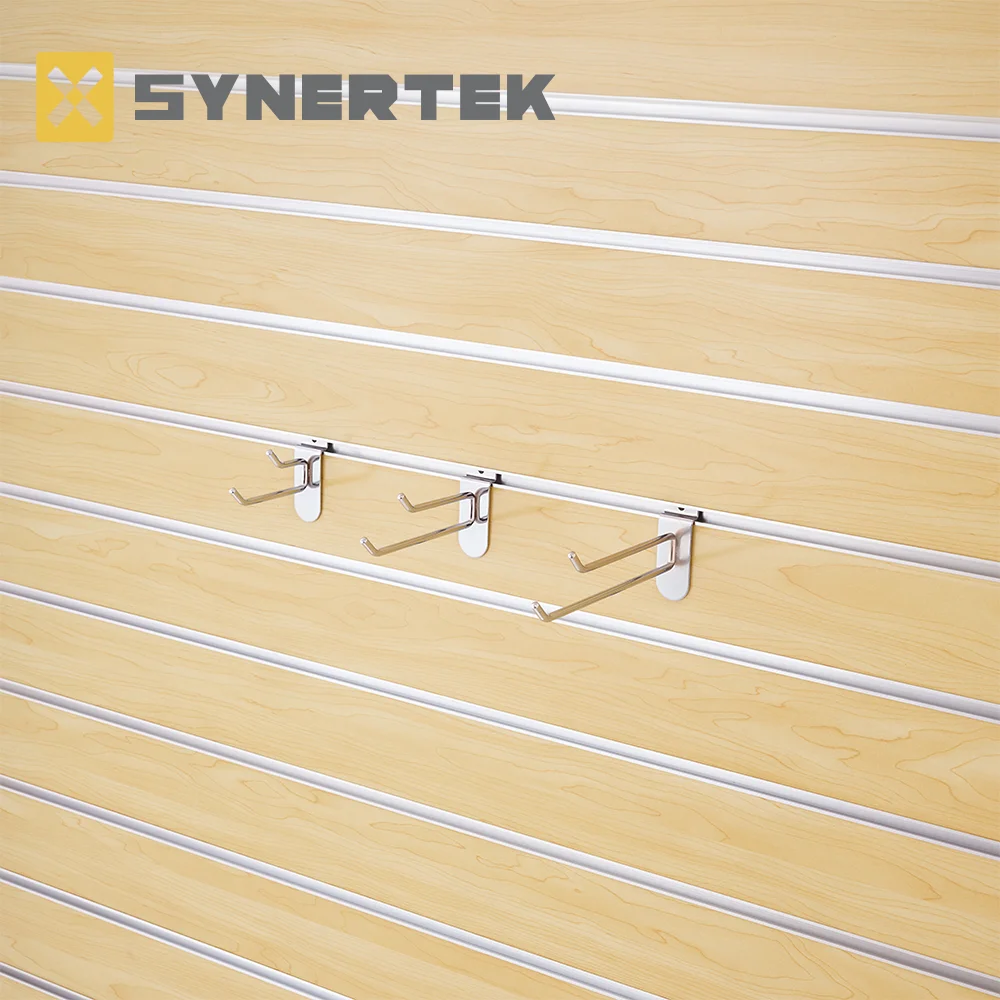
Relays are essential components in electrical systems, allowing for the control and switching of high-power circuits using low-power signals. Among the various types of relays, the 5V relay stands out for its versatility and widespread use. In this blog post, we will delve into the intricate workings of a 5V relay, exploring its design, functionality, and applications.
- Understanding the Basics:
To comprehend how a 5V relay operates, it is crucial to grasp its fundamental components and their roles. A 5V relay consists of an electromagnet, a set of contacts, and a spring mechanism. The electromagnet, when energized by a 5V signal, generates a magnetic field that attracts or repels the contacts, thereby opening or closing the circuit. - Exploring the Relay's Internal Structure:
Within the compact enclosure of a 5V relay, a complex arrangement of components ensures its smooth operation. We will examine the electromagnet, armature, contacts, and spring mechanism in detail, shedding light on their interplay and functionality. - The Electromagnet's Role:
The heart of a 5V relay lies in its electromagnet. By applying a 5V signal, the coil within the electromagnet becomes energized, generating a magnetic field. This magnetic field exerts a force on the armature, causing it to move and actuate the contacts. - Contact Types and Configurations:
5V relays come in various contact configurations, such as normally open (NO), normally closed (NC), and changeover (CO). We will explore the characteristics and applications of each contact type, enabling a better understanding of their practical uses. - Triggering the Relay:
To activate a 5V relay, a low-power signal is required. We will discuss the different triggering methods, including digital signals, microcontrollers, and sensors, providing insights into the diverse applications of 5V relays in automation, robotics, and IoT systems. - Protection Mechanisms:
To ensure the longevity and reliability of a 5V relay, protective measures are implemented. We will delve into concepts such as flyback diodes, snubber circuits, and surge suppression, highlighting their significance in safeguarding the relay and the connected circuitry. - Real-World Applications:
From home automation to industrial control systems, 5V relays find applications in a wide range of industries. We will explore practical examples, including smart home devices, automotive electronics, and power distribution systems, showcasing the versatility and indispensability of 5V relays.
Conclusion:
In conclusion, understanding how a 5V relay works is essential for anyone involved in electrical engineering or automation. By comprehending the intricate interplay of its components, one can harness the full potential of this versatile device. Whether you are a hobbyist, a student, or a professional, the knowledge gained from this comprehensive guide will empower you to design and implement innovative solutions using 5V relays.




